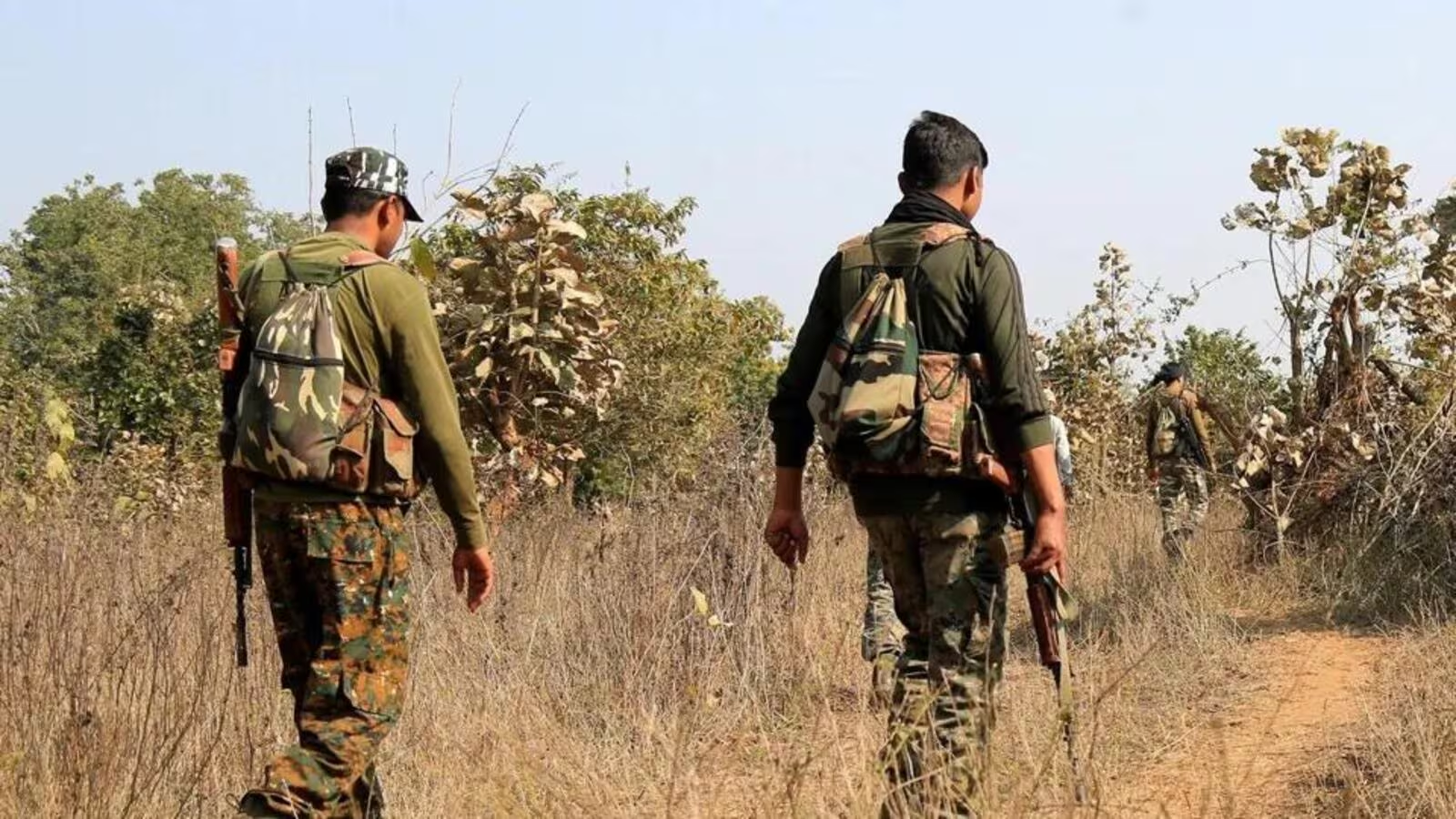Free Courses Sale ends Soon, Get It Now


Free Courses Sale ends Soon, Get It Now



Disclaimer: Copyright infringement not intended.
Context:
Significance of the Operation
Description of Abujhmad
Some significant past anti-Maoist operations in India:
Challenges to tackle Maoist problem in India
Way ahead to tackle the Maoist problem in India:
Source
https://indianexpress.com/article/explained/anti-maoist-operations-9275484/
|
PRACTICE QUESTION Q) Match the following terms related to the Maoist insurgency in India with their corresponding descriptions: Terms: A) Naxalbari Movement B) Red Corridor C) Salwa Judum D) Operation Green Hunt Descriptions: 1. A violent peasant uprising in 1967 that marked the beginning of the Maoist movement in India. 2. A term used to describe the geographical stretch in India where Maoist insurgents are active, spanning several states in central and eastern India. 3. A controversial government-backed militia movement formed in Chhattisgarh to counter Maoist insurgency, criticized for human rights abuses. 4. A large-scale anti-Maoist military operation launched by the Indian government in 2010 to combat Left-Wing Extremism in the Bastar region. Options: A) 1-D, 2-A, 3-B, 4-C B) 1-A, 2-D, 3-C, 4-B C) 1-D, 2-C, 3-B, 4-A D) 1-B, 2-A, 3-C, 4-D Answer: B) 1-A, 2-D, 3-C, 4-B |
© 2024 iasgyan. All right reserved